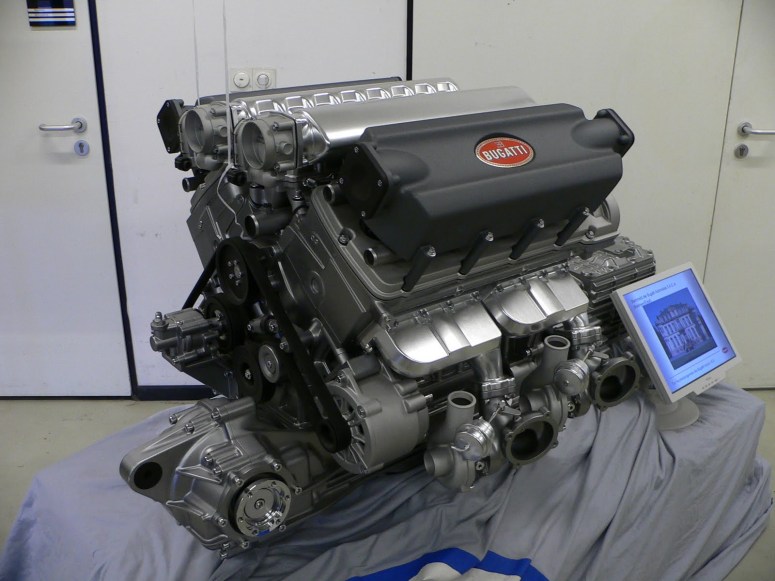|
Hello and welcome to guess the department, where we give you small sections of text and you have to Guess the Department! Today we are looking at the active research page of the featured department.
Text Sample #1 “Active areas of research…include theoretical and experimental analysis of articular cartilage mechanics; theoretical and experimental analysis of cartilage lubrication, cartilage tissue engineering and bioreactor design…” Text Sample #2 “The Hone group is involved in a number of projects that employ the tools of micro- and nano-fabrication toward the study of biological systems.” Text Sample #3 “Microelectromechanical systems (MEMS) are being exploited to enable and facilitate the characterization and manipulation of biomolecules.” Text Sample #4 “The Advanced Robotics & Mechanism application lab A.R.M.A. …is focused on surgical intervention using novel robotic architectures. “ Text Sample #5 “Mass radiological triage is critical after a large-scale radiological event because of the need to identify those individuals who will benefit from medical intervention as soon as possible.” No, this is not the Biology Department, its the Mechanical Engineering Department. It turns out that the same calculations that ensure the supporting connecting rod in a car’s engine will support the forces of internal combustion are useful in studying the human leg. Hydraulics and Mechatronics can be applied to make better prosthetics. Fluid mechanics can be used to understand the flow of blood. Failure analysis can be applied to find out why tendons are torn and how to prevent those types of injuries in the future. Thus, don’t be surprised when your mechanical engineering professor is not working with an engine but a petri dish.
0 Comments
Leave a Reply. |
Categories
All
Archives
April 2024
|

